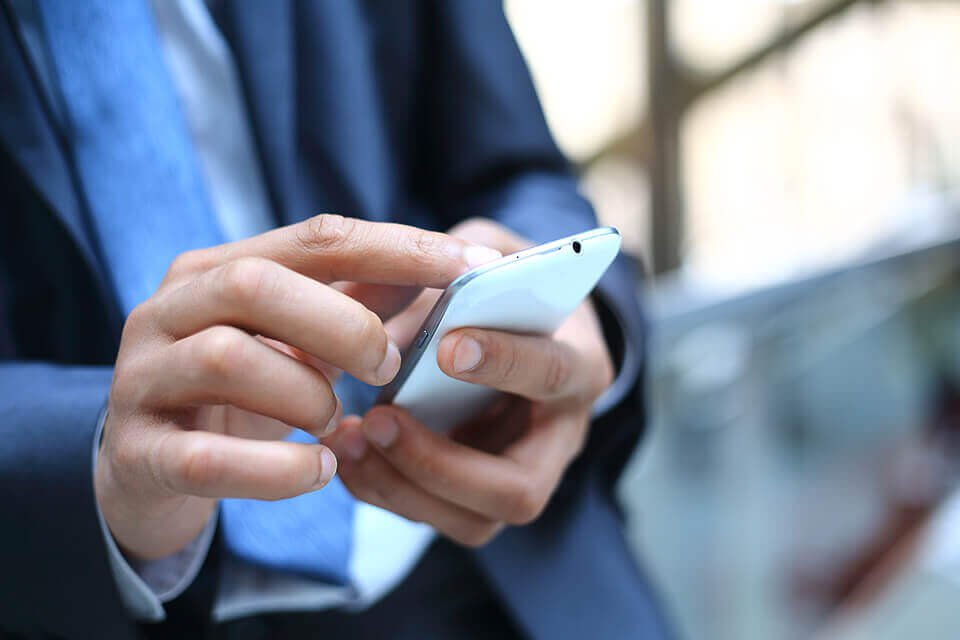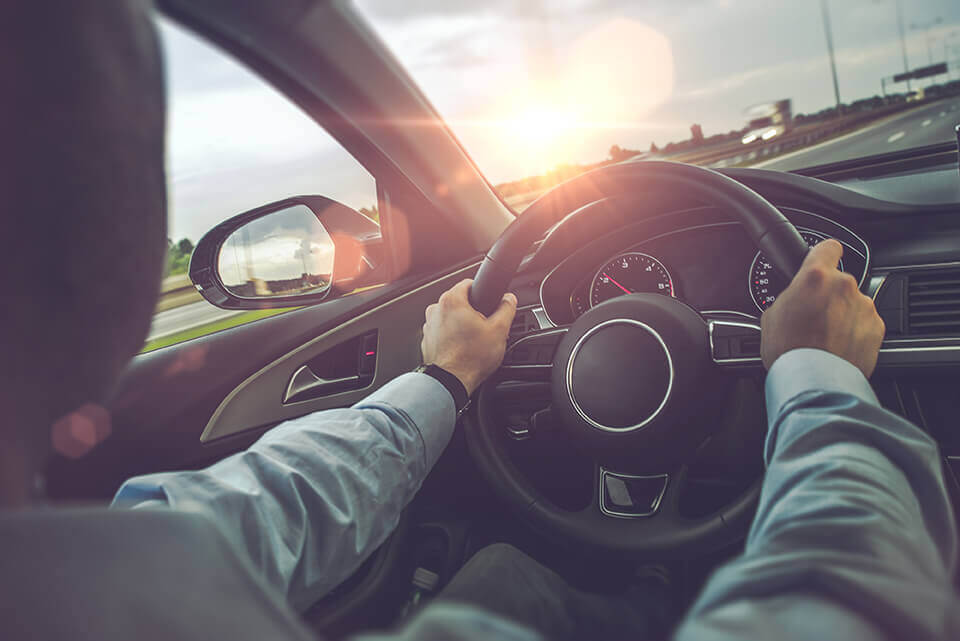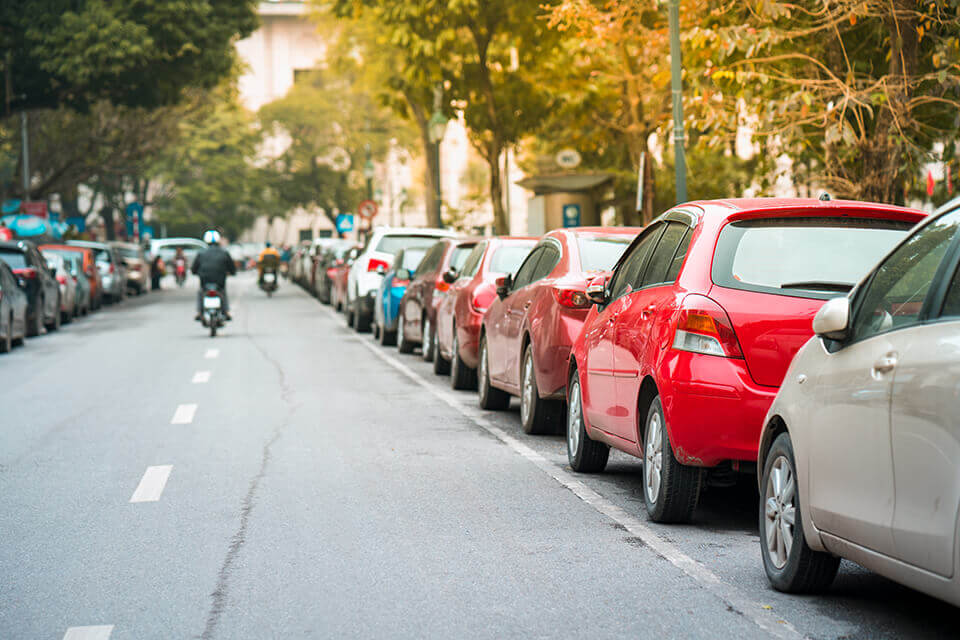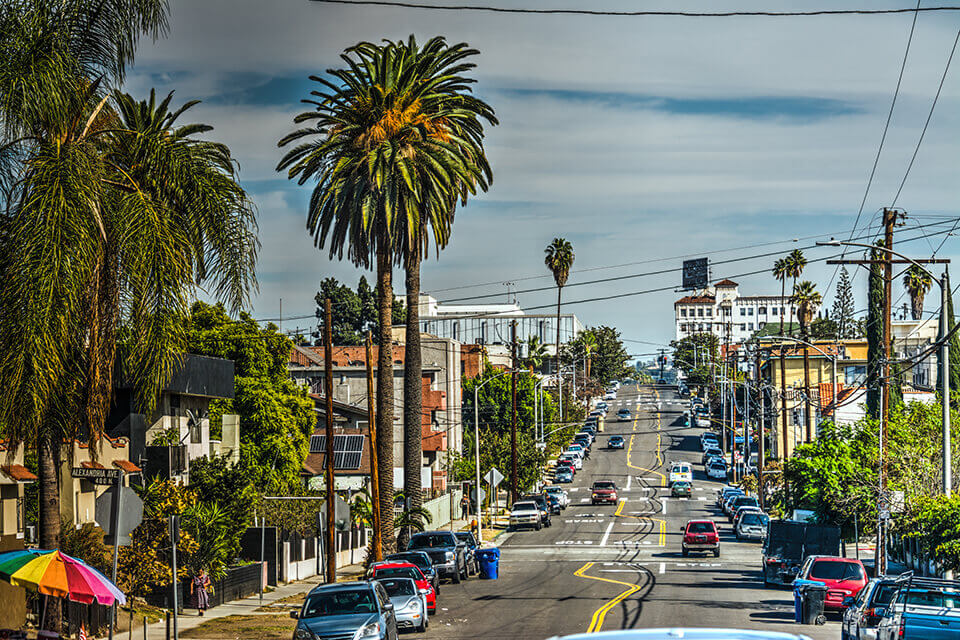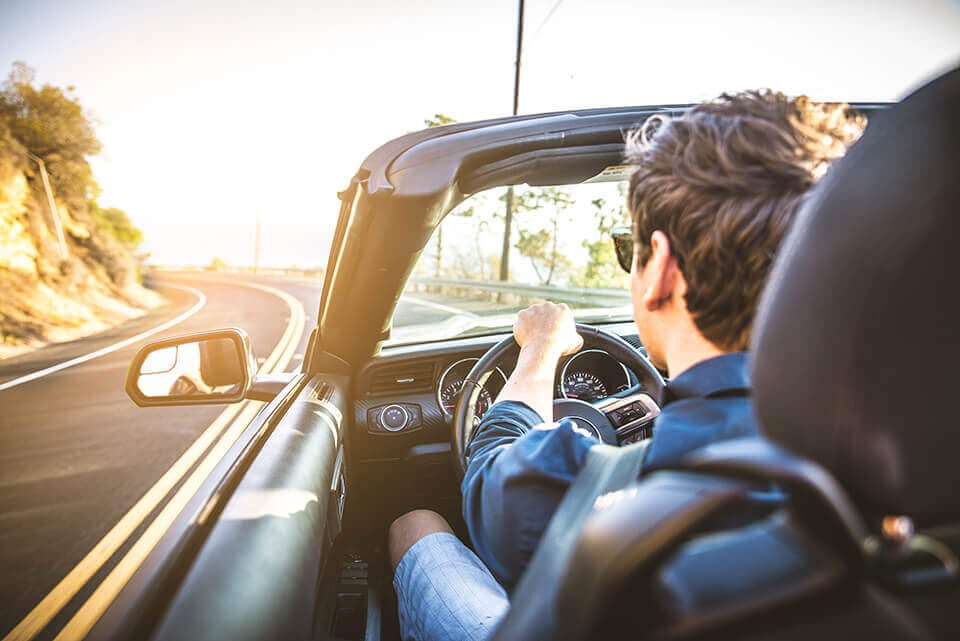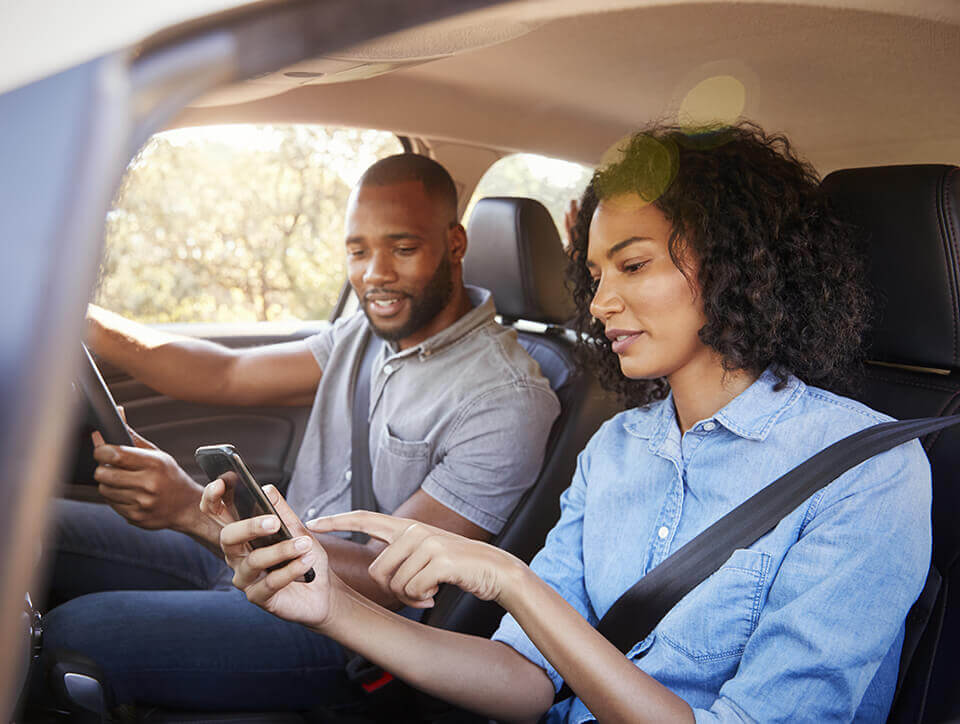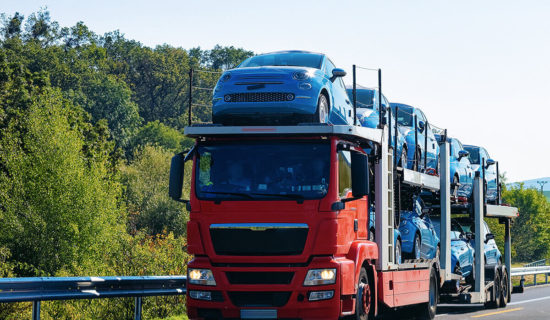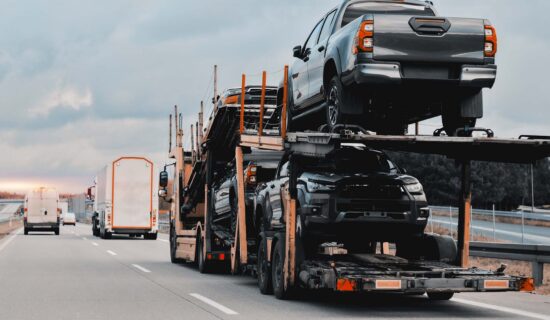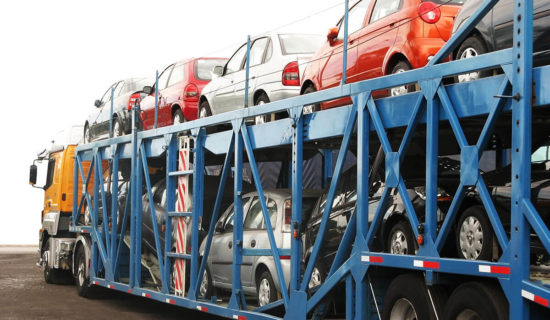Using Cell Phones and Listening to Music While Driving
- Cell Phones have become a necessity, especially today, in the era of smartphones. We don’t use our phones just to make calls or send messages as we once did; mobile phones have been incorporated in every aspect of our lives – from mobile apps reminding us to drink our daily dose of water to sending emails and finishing almost all job-related tasks.
However, when driving in Los Angeles, or in any place on Earth for that matter, you should eliminate the usage of the mobile phone. If you can’t convince yourself, there are legal requirements that will remind (or force) you to do so.
What the Law Says: While operating a vehicle on the streets of California, drivers have to use hands-free devices if they want to make or receive phone calls. On the other hand, any kind of text-based communication, like reading or sending emails or short messages, is strictly prohibited by the law. If you use a GPS, don’t worry, it is allowed, as well as other mapping services.
- For many, music is a vital part of everyday life, including hours spent in the vehicle. Because of that, it is crucial to know what the legal requirements are when enjoying the tunes of your favorite song in the car.
You are entitled to listen to the radio while being in your car. Just make sure that music is not too loud because it can affect your safety. Also, be careful and only change the station when you are sure that it is safe to do so.
What the Law Says: These days, many of us use headphones or earbuds to listen to music. However, it is against the California Law to use headphones while being on the road. On the other hand, the use of earbuds was illegal at first, then became legal, but the last amendment of the law says that you can only use one earbud while leaving one ear exposed to assure a safe drive.
